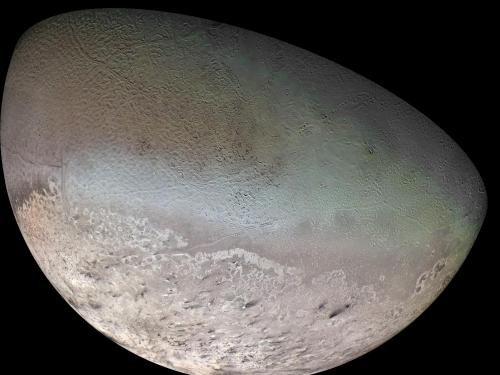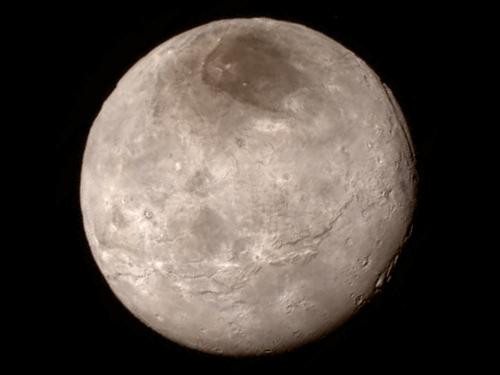

Stories of daring, stories of technological feats, stories of prevailing against the odds ... these are the stories we tell at the National Air and Space Museum. Dive in to the stories below to discover, learn, and be inspired.
Showing 71 - 80 of 145

October 25, 2018
Emily Martin, of the Museum's Center for Earth and Planetary Science, is a co-author on an exciting new study, discovering new features of Saturn's moon Dione

October 18, 2018
The next few months will also bring some exciting developments in space science. There are new missions about to launch and spacecraft that will reach their destinations after long journeys. Here are six out-of-this-world things to look for in the news over the next few months.

September 28, 2018
We all have ideas that defy in our back pocket. My personal idea that defies, the thing I dream of humans achieving, is sailing on an alien sea.

August 23, 2018
The international community has contributed more to the exploration of space and our understanding of the universe than you might think. From India to Israel, lots of countries are sending missions to Mars, landing on comets, and observing Earth from orbit.

August 03, 2018
Bilbo Baggins journeyed many places in Middle-Earth, but it turns out his quest extends to other planets, too.

July 25, 2018
NASA launched TESS, the Transiting Exoplanet Survey Satellite, on April 18, 2018, continuing our search for planets outside of our solar system (aka exoplanets).

June 28, 2018
Did we just find life on Mars? No. But NASA did announce two exciting new discoveries on the Red Planet—just before a Martian dust storm engulfed the planet.

June 23, 2018
Other planets in our solar system experience seasons, too. On Triton, Neptune’s largest moon, seasons last an average of 40 years, complete with nitrogen snow. Here’s how Triton’s summer solstice compares to Earth’s.

June 22, 2018
June of this year marks the 40th anniversary of the discovery of Pluto’s largest moon, Charon. At the time of Charon’s discovery, scientists weren’t even looking for it.

June 07, 2018
Today, NASA announced some exciting new discoveries made by its Curiosity rover. Let our experts at the Museum help break down these exciting new findings.